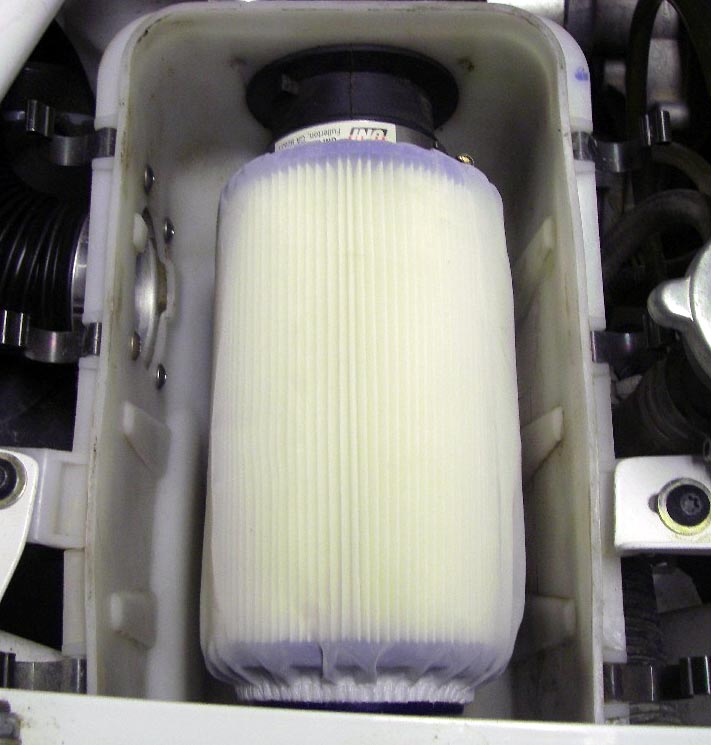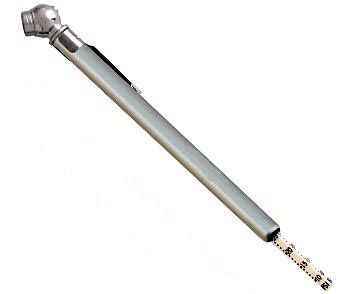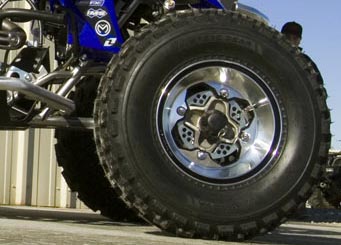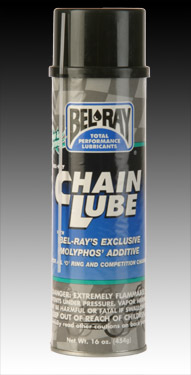Thawing Out Your Quad
A Few Simple Steps To Get Your ATV Out of Hibernation
March 5, 2009
By Jason Giacchino
Think of your ATV as a sort of bear- where spring means awakening from a long winter’s nap. While we certainly understand the desire to pull your quad out of hibernation with a healthy ride, the first official opportunity to log some saddle-time of the season is the perfect time to go over the odds and ends. From a combination of residual use from the prior season and the abuse of storage, the following items will most certainly benefit by your going over:
1: Air Block

Locate the air box (usually under the seat and hopefully not your first time doing so) and remove the lid for inspection. Rodents and other little critters seem naturally drawn to this area as a place to build nesting. Once you are certain the intact track is good and clear, take this opportunity to clean or replace your air filter. Unless the unit is completely unusable (meaning deteriorated or broken down), we recommend using a spray-on filter cleaner or even some universal degreaser such as Simple Green with which to soak the element for a solid five minutes or so. Let it dry thoroughly then coat it in an even application of filter il. Note: This process is specific to foam filters. Paper filters should be replaced entirely.
2: Tires
 Even if you made sure your tire pressure was good and even just before parking your ride last season, grab the tire gage anyway. Between the constriction and expansion of compressed air due to temperature changes and the fact that slow leaks can often go undetected, there is a good chance your meats are going to require some pressure adjustments. The tire’s recommended PSI range should be printed on the sidewall itself.
Even if you made sure your tire pressure was good and even just before parking your ride last season, grab the tire gage anyway. Between the constriction and expansion of compressed air due to temperature changes and the fact that slow leaks can often go undetected, there is a good chance your meats are going to require some pressure adjustments. The tire’s recommended PSI range should be printed on the sidewall itself.
3: Lugs

While you’re down there, when’s the last time you’ve made sure all of your lug nuts were good and tight? The proper way is to break out the torque wrench and follow the manufacturer’s settings. The lazy-way is to put the correct socket on and give each a turn. While we recommend doing it the proper way, a lose lug that gets tightened before riding is always a plus. Just remember that lugs are designed to function without maximum torque so just apply even pressure until they’re nice and snug.
4: Dip Stick
Today’s four-strokes require clean oil to function properly. Perform the standard check to make sure you’re up to proper operating levels. If the oil looks a little dingy or you can’t seem to remember the last time you’ve changed it, now is as good a time as any.
5: Gas Tank
Hopefully you were smart enough to either drain the tank entirely or at the very least add fuel stabilizer before putting your quad away for the winter. If neither applies, drain the old gas and add fresh before firing up your quad for the first time. If you’re filled with fresh petrol and are still experiencing hard starting, sputtering, or rough idle, check to make sure the fuel filter isn’t gummed up. Replace if needed.
6: Sparky
If the fuel filter checks out but the quad won’t start or refuses to idle smoothly, time to check the plug. Reading the telltale signs left behind on the spark plug’s electrode is a great source of insight on your quad’s jetting.
7: Cool-Aid
If your machine happens to be liquid cooled, pop the radiator cap and make sure you’re up to snuff. If you find you do in fact need to top off the coolant level, keep in mind that many coolant formulations are not compatible. We recommend consistency in running the type or brand of coolant. If in doubt don’t be afraid to call the dealer and ask what they filled it up with before you brought it home. If you didn’t buy new, drain and replace.
8: Lube-Job

Even before the spring’s first coating of mud makes doing so a nightmare, grab your can of chain lube and begin coating all of the moving parts. A common mistake is to apply a water displacer such as WD-40 and to assume your job is done. WD-40 is priceless in drying out hard to reach areas like between bushings and shock linkages but make sure you follow up the treatment with a healthy dose of penetrating lubricant (or chain wax).
To discuss this article, click here
